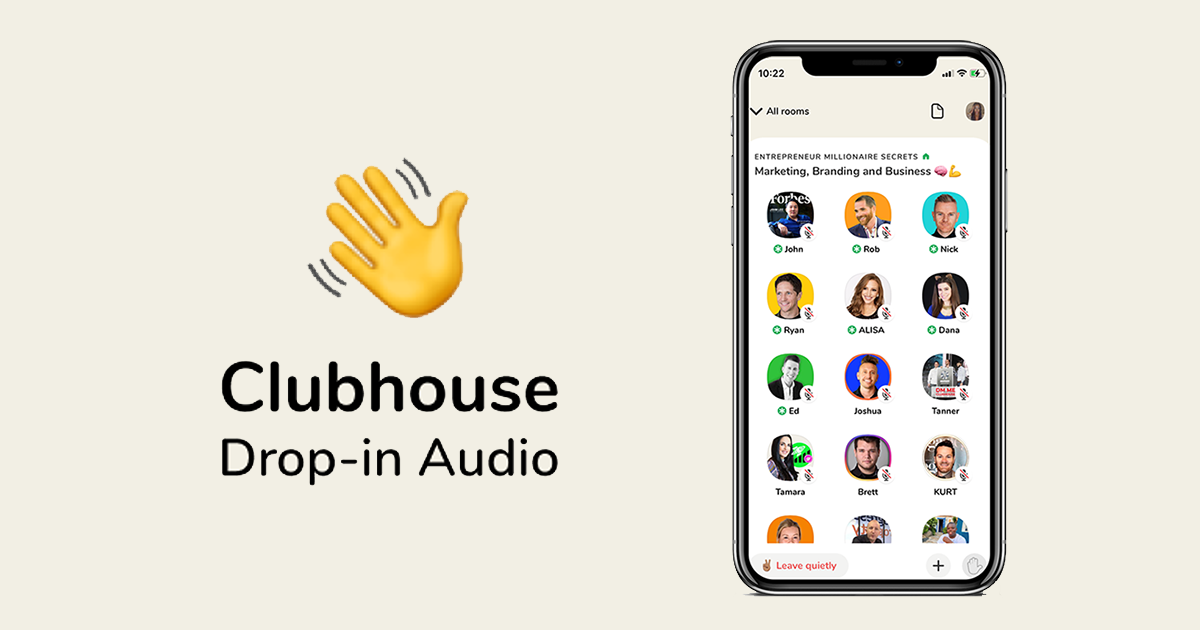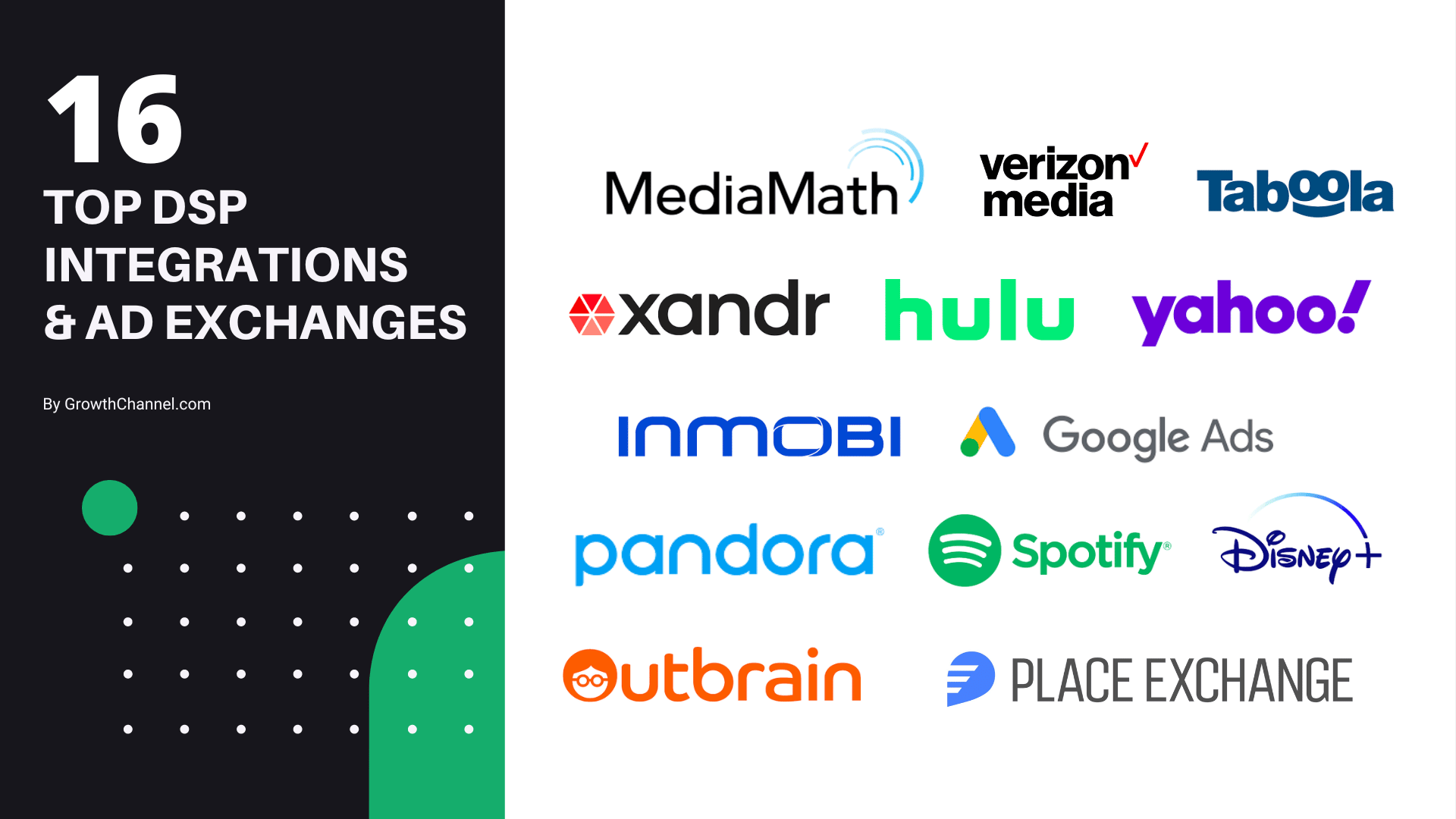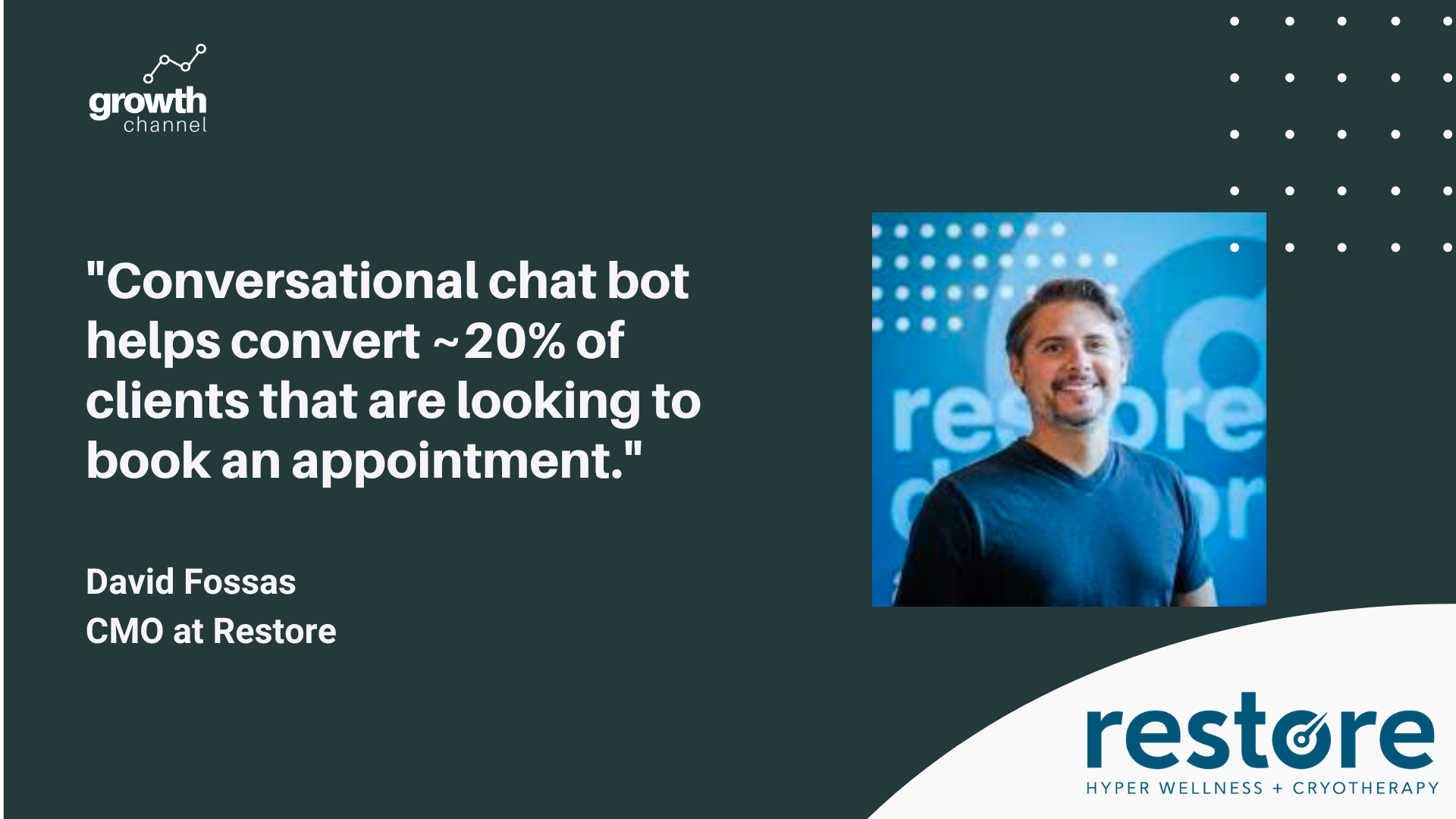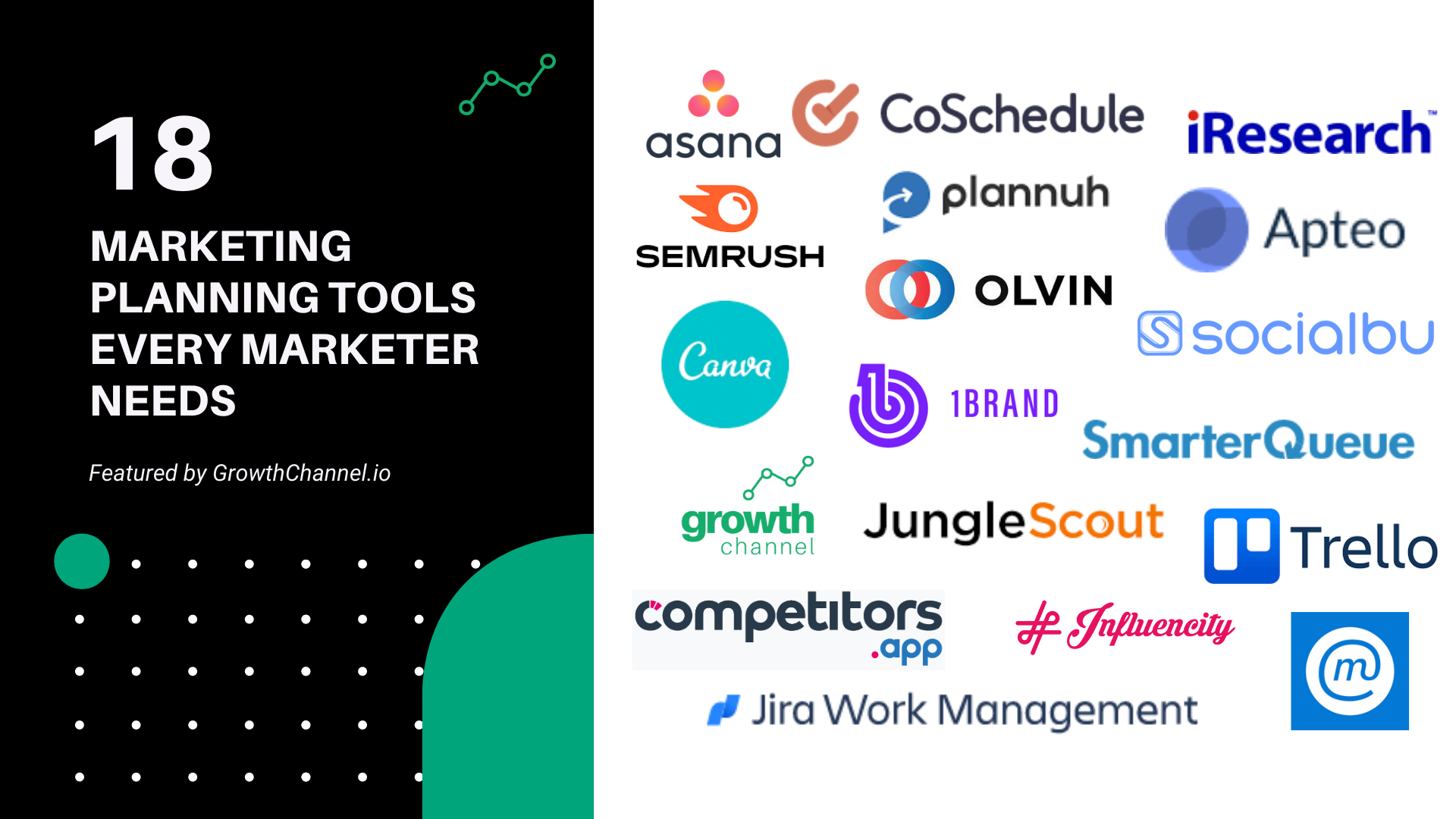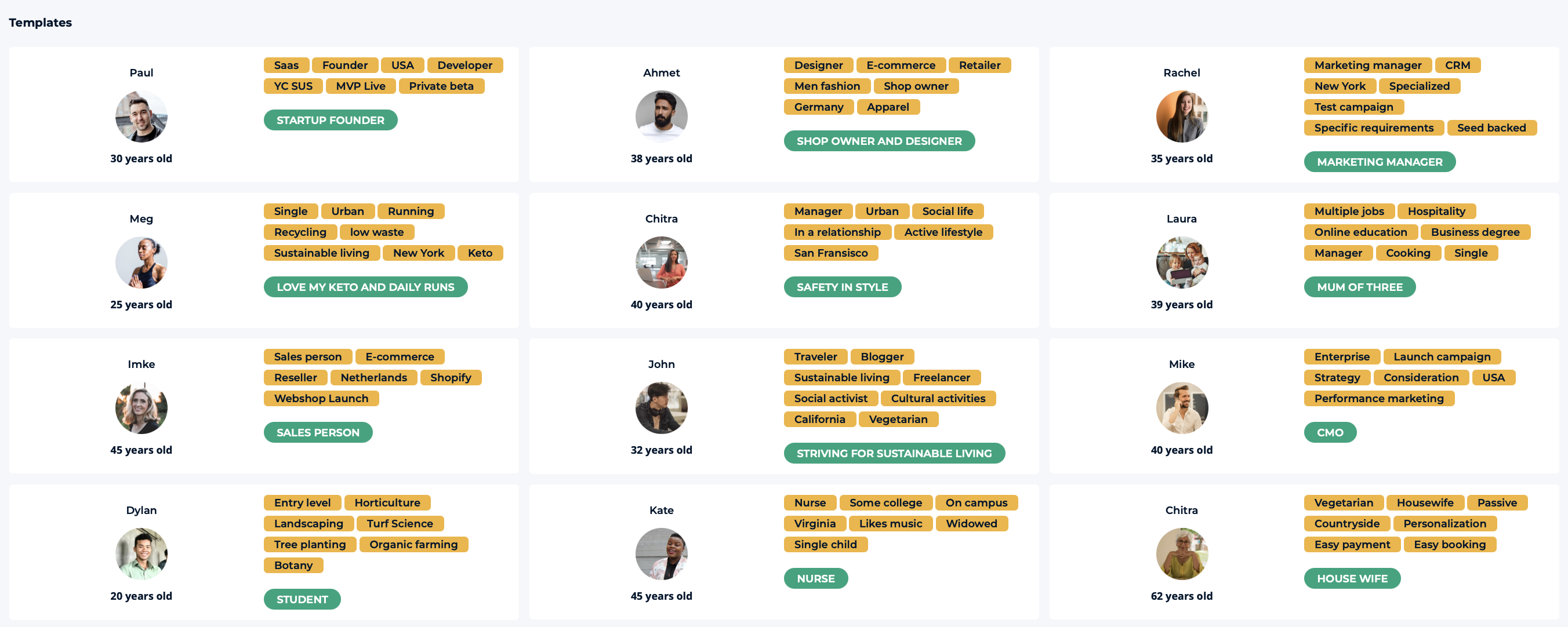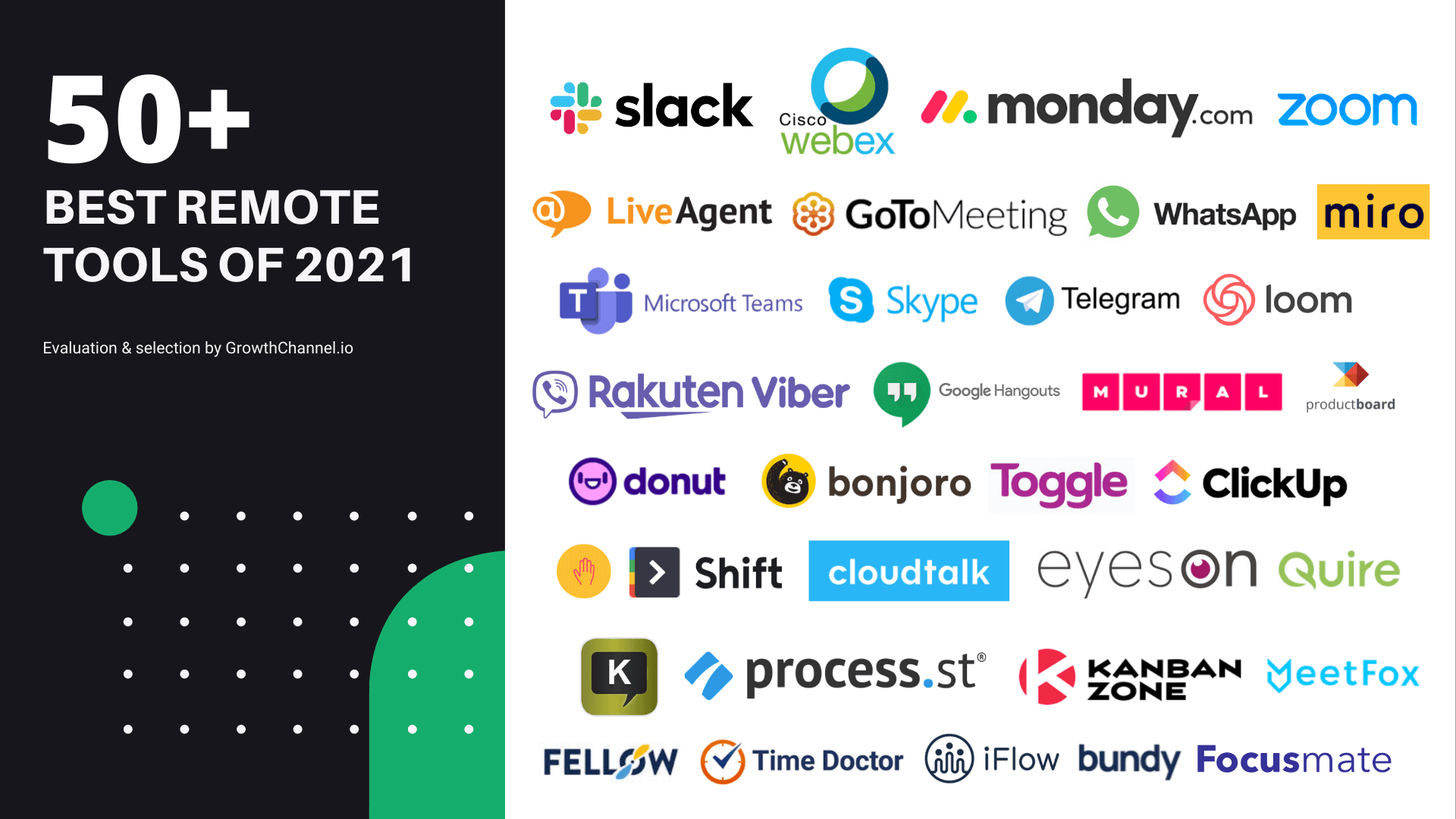What is Clubhouse?
Clubhouse is a new social media platform that gained major popularity during the pandemic. Unlike traditional social media platforms, which facilitate the sharing of images, videos, comments, and messages, Clubhouse is audio-only. According to the developer, Clubhouse is “a space for casual, drop-in audio conversations - with friends and other interesting people around the world.” Think of Clubhouse as a platform to hear live podcasts and interact with creators and experts in real time in so-called “rooms” or what we often call events. You can join a room created by someone else and listen or participate in their live conversation. You can also host your own room and open it to the public, your followers, or specific individuals.
Another important part of Clubhouse are clubs, which are used to create communities centered on a specific topic, industry, or interest. Clubs are to Clubhouse like Groups are to Facebook. When you follow a club, you will be notified whenever the founder or an admin schedules a public room. Clubs are a great way to connect and collaborate with Clubhouse creators and further explore the Clubhouse community.
Who uses Clubhouse?
One aspect that makes Clubhouse appealing is its current exclusivity. Users can only join the platform if someone on the app invites them, and invitations are limited. For a while, Clubhouse was also only available to iOS users, but a beta version for Android users was launched in the U.S. in early May 2021. Now, Android users worldwide can download Clubhouse from Google Play and take advantage of everything the app has to offer.
Those who haven't received an invite yet can join the waitlist by downloading the app and reserving their username. However, the creators of Clubhouse haven’t said officially when the app will open to the public. If you have friends on the app though, they may receive a notification that you reserved a username and be given the option to wave you through, without having to send an official invitation. There are also social media groups giving out invites in a “pass it forward” mentality, like this chain from Telegram or this group on Facebook .
Clubhouse currently has around 10 million weekly active users , a number that is likely to increase as worldwide and Android rollouts gain steam this week. While 10 million users may seem high, the majority of other popular social media platforms have significantly more users (Source: Sprout Social)
Many celebrities and influencers have been known to host or join a discussion on Clubhouse, including Tiffany Haddish , Mark Zuckerberg , and even Clubhouse’s own CEO, Paul Davison . When Elon Musk appeared live on The Good Time Show , over 5,000 people joined the room, breaking Clubhouse’s previous limits. A small us er base and constant appearances by celebrities give Clubhouse its status as an elite social media platform.
Should your business be on Clubhouse?
Once you understand the basics of navigating the Clubhouse app , you may wonder if you should create a Clubhouse account for your business. Clubhouse offers great opportunities to strengthen brand awareness, expand your network, collaborate with other industry experts, engage with customers, and create valuable content. However, there are a few things you should consider before deciding if Clubhouse is the right platform for your business:
-
Industry - there are rooms, clubs, and individuals on the app associated with almost every industry. However, business, tech, science, sports, and music are some of the most popular Clubhouse interests . On the other hand, if you’re in manufacturing, traditional healthcare, or a very niche retail store, you might want to double-check if your target audience is active on Clubhouse before jumping on this bandwagon.
-
Target market - Clubhouse allows you to state your interests and search for conversations about a specific topic, so you can get very detailed with your targeting. Clubhouse is rated 17+ in the app store, so its users are mainly young and middle-aged adults.
-
Target country - despite the global rollout, nearly a third of Clubhouse’s downloads are from the U.S . After the U.S., the app has been downloaded the most in Japan, followed by Germany, Brazil, Russia, Malaysia, Italy, the UK, South Korea, and Turkey. However, as of February 2021, Clubhouse is now also blocked in China .
-
Available resources - building a following on Clubhouse doesn’t have to cost direct cash, but it will cost a significant amount of time and resources. Someone needs to be available to host live events. You’ll also need to plan and research content, network with other users, and promote your Clubhouse account on various other social channels.
-
Experience with podcasts, webinars, or live events - if your business currently sees value coming from these channels, then Clubhouse may be a good option. Prior experience with audio platforms will make it much easier to adapt your current content to Clubhouse.
How to get started
Building an audience on Clubhouse requires forethought and strategy. There’s currently a lot of information about how to use Clubhouse as an individual or influencer , but not a lot of resources about how to use Clubhouse successfully as a business. To help you integrate Clubhouse into your overall strategy, I’ve come up with a list of 5 steps to get your business started on the platform:
- Optimize your bio
- Build and engage with your community
- Consider starting a club
- Understand what type of content works on Clubhouse
- Brainstorm ideas for different events and discussions
Let's explore how each of these can help you market on Clubhouse!
1. Optimize your bio
Unlike other social sites, Clubhouse lets you write a long bio. Your bio is the introduction to your story and your business, so make it informative and engaging. When creating your bio, here are a few tips:
-
Pick the right image - choose a clear image of yourself or your logo as a profile picture. This is the only image followers will associate with you and your brand.
-
Make a good first impression - the first three lines are the most important, as users see them when they tap your profile picture, without having to scroll. Make sure to start out by emphasizing how you can bring value to the Clubhouse community. Explain your account’s purpose and the type of content users can expect.
-
Emphasize your expertise - present yourself as a trustworthy source of information by listing your company, job title, education history, or other important accomplishments.
-
If you’re planning recurring content, put the schedule in your bio - list the different rooms you plan on hosting, when you’ll be hosting them, and what you plan on discussing.
-
Tell people how to reach you - include an email address or a link to your other social media accounts.
-
Write your bio in a different program - many people write their bios in a different app and copy it into Clubhouse. Make use of whitespace, paragraph breaks, bold words, and emojis to make your bio more pleasing to read.
-
Include a link to your website - make sure you include a short and easy to remember link. Clubhouse doesn’t allow you to include live links, so users will have to memorize your link or copy it into their browser.
If you’re looking for some clubs to join and explore for inspiration, check out Growth Channel Talk (our official club), The Bookmark Club (where we interview early stage startup founders), Silicon Valley Startups (hosted by our partners), and Marketing Club (a personal favorite).
2. Build and engage with your community
As with any social media channel, you need to build a following in order to optimize your marketing efforts. It’s important to look for users who will find your insights valuable, as they’re the ones who are most likely to share your information with their friends. Creating a strong community on Clubhouse will probably take awhile, but don’t be discouraged. Here are some ways to promote yourself and your new account:
- Shoutout your Clubhouse account on your current channels (company website, email, Twitter, Facebook, blog, newsletter, etc.) so people know how to find you.
- Follow interesting individuals, attend events, and interact with other Clubhouse users.
- Join other clubs related to your industry who already have an audience relevant to your business. Actively participate in their rooms, but don’t just ‘speak to speak’. If you provide thoughtful insights and add value to the conversation, others will see you as an industry expert and be more likely to follow you or your club.
- Network with other Clubhouse members, especially those in your industry.
- When hosting a room, engage with your listeners and give them plenty of opportunities to participate in the conversation. If users have a pleasant experience with your events, they’ll be more likely to tell their friends about it.
3. Consider starting a club
If you run a sole proprietorship, a very small business, or if you are a well-known expert in your industry, you may be able to use your personal account, under your name, to market your business. However, for most businesses, you’ll probably also want to form a club based on your niche or industry. As mentioned earlier, clubs are similar to Facebook Groups, and they allow you to build a community of individuals who share similar interests. Any Clubhouse member can follow your club, and they’ll receive notifications when you start a public room. As the founder of a club, you can also designate your employees to be admins, allowing them to create private and public club rooms. This is beneficial, because it means you won’t always have to be the one moderating a room or leading a discussion.
In order to start a club on Clubhouse , you will need to create a personal account and actively engage with the Clubhouse community. This includes entering rooms, following other users and clubs, engaging in conversations, and hosting your own talks. When you are ready to start your club, you can do so by clicking the white plus sign button at the end of the list of clubs you are currently a member of (located at the bottom of your profile page). It is important to send your club request as soon as you’re able to, because the club approval process is done manually. It may take weeks for your club to be approved. Forming a club now is important because you can leverage the current exclusivity of Clubhouse. By the time the app is open to the public, you’ll be in a great position if you already understand how the app works and how to engage with your followers.
You cannot change the name of your club after it’s created, so make sure you choose wisely! The name of your club should give some indication as to the type of content your talks will discuss, and you may want to use keywords or buzzwords related to your industry. It may be tempting to simply copy your company name for your club name. However, remember that Clubhouse isn’t like other types of social media, and if you search some of the biggest brand names, nothing will come up. Clubhouse is more about creating valuable content and engaging with your community, rather than directly selling your products.
Once your club gets approved, make sure to review your responsibilities and new capabilities as a club founder . Club founders have a lot of power, so make sure you know how to use all the new features available to you. To expand your club’s audience, follow the same steps you took to build your personal account (choose a good profile picture, optimize your club’s bio, follow other relevant clubs and individuals, host and participate in events, announce your club on your other channels, etc.)
4. Understand what type of content works on Clubhouse
The type of content that works well on other social platforms might not work on Clubhouse. For example, there is currently no way to monetize clubs or run ads on Clubhouse. Clubhouse currently is less promotional than traditional social media because you can’t post an aesthetic product image, a detailed video tutorial, or write a paragraph explaining a new offer. You’ll also need to prepare longer content, as Clubhouse rooms typically last for at least 30 minutes, and some have even lasted for days. However, no one wants to sit and listen to you read a 30 minute script about why your product or company is the best. Instead, users want engaging, interesting, and exclusive content. They want to feel like they’re part of the “in” crowd.
Clubhouse is built around live audio and communication. Content is less scripted, staged, and filtered than other social media sites. As with anything live, there’s always a sense of unpredictability that makes Clubhouse rooms feel more genuine and personal. You may want to prepare a script or create a bulleted list of talking points before starting a room. However, be prepared to adapt quickly and change your plan as the conversation takes on a life of its own.
5. Brainstorm ideas for different events and discussions
To be successful on Clubhouse, you’ll need to produce high-quality, unique, and valuable content. You have the freedom to be creative when it comes to the types of rooms and discussions your club hosts. Don’t be afraid to try out new ideas, as many Clubhouse users are still navigating content production. The key is to produce content that benefits both your customers and your brand. You don’t want to be overly promotional, but you still want to occasionally remind your audience about what your business offers. If you don’t know how your club can contribute content to Clubhouse, consider these room ideas:
-
Q & A session - host a question and answer session where customers or prospects can drop in at any time and get answers about your business, products, or services.
-
AMA (ask me anything) - AMA’s gained popularity on reddit and the concept transfers well to Clubhouse’s real-time environment. Let customers, colleagues, club followers, and other Clubhouse users ask you anything, from professional or personal.
-
Product or service tutorial - if your product or service is relatively simple and can be explained without visuals, consider offering a live audio tutorial for current and potential customers. This can also be a great time to ask for customer feedback and reviews.
-
Share your story or industry knowledge - information and knowledge are in high demand right now. Create a room where you share how you started your business, explain how you found your dream job, or offer other pieces of valuable insight relevant to your audience. These types of rooms are incredibly beneficial because you can build brand awareness and position yourself as a trustworthy expert.
-
Discuss a newsworthy topic related to your industry - the news can be a great place to find topic ideas for a Clubhouse room. Consider discussing a breaking story or trend in your industry. You can also explain how your business is responding to this trend.
-
Hold focus groups - not all Clubhouse rooms have to be public. You can host rooms with your followers or just with people you select. This is a great way to host focus groups with specific users and engage with your customers in a more intimate setting.
-
Panel discussion - Clubhouse is all about collaboration, and a panel discussion will likely bring lots of value to your audience. You can invite members of your club to speak with you, or partner up with another related club or industry expert. Having more than one moderator also makes it easier to produce longer content and keep the conversation interesting.
Again, the opportunities are endless when it comes to the types of discussions you can lead and participate in on Clubhouse. Consider what your audience wants to learn or hear about, and design a room around that subject. Also, see what types of rooms similar clubs are hosting. No matter what topic you choose for your room, remember to engage your listeners and give them opportunities to directly participate in the conversation. For inspiration, check out Social Media For Businesses Club’s Social Media Monday (Mondays @3pm ET), The Bookmark Club’s Startup Founders Interview (every 1st Friday of the month), and Invest’s The Sixty Second Pitch (Mondays @8pm ET).
In conclusion...
There is risk involved with investing time and resources to marketing your brand and products on Clubhouse, especially when the app is still in its early stages. Nevertheless, people seem to really enjoy using Clubhouse. Take the time to learn how Clubhouse works now so you’ll be in a favorable position to implement and optimize future features and upgrades. By building a presence on Clubhouse today, you can leverage the loyal community that already exists. Plus, you’ll be way ahead of the competition by the time the app becomes public. While there’s still a lot of unknowns when it comes to Clubhouse, the audio-only platform offers many innovative and worthwhile opportunities to help any business grow.
If you found this post interesting, keep an eye out on the Growth Channel blog for part 2, where I’ll be discussing 7 strategies for marketing your business on Clubhouse!
What do you want to talk about on Clubhouse? Have any unique ideas to engage your audience? Let me know on Twitter @Gr0wthChannel , and if you’re already on Clubhouse, join our Growth Channel Talk club 😉
